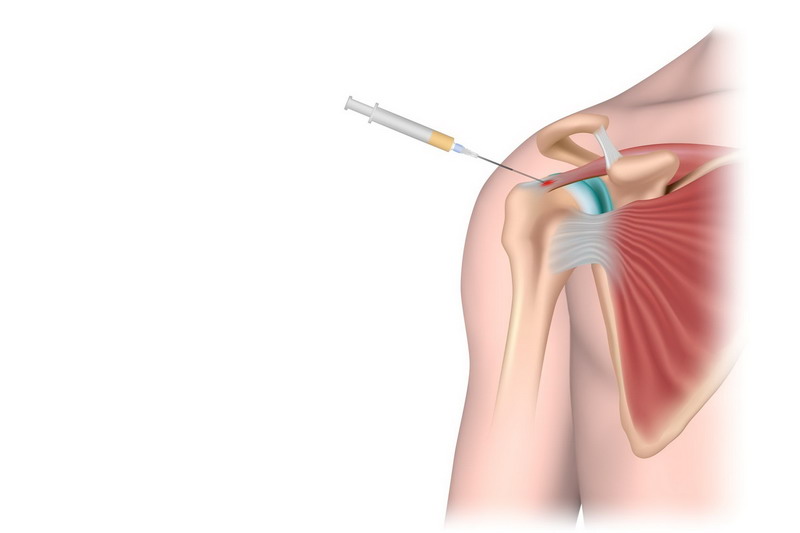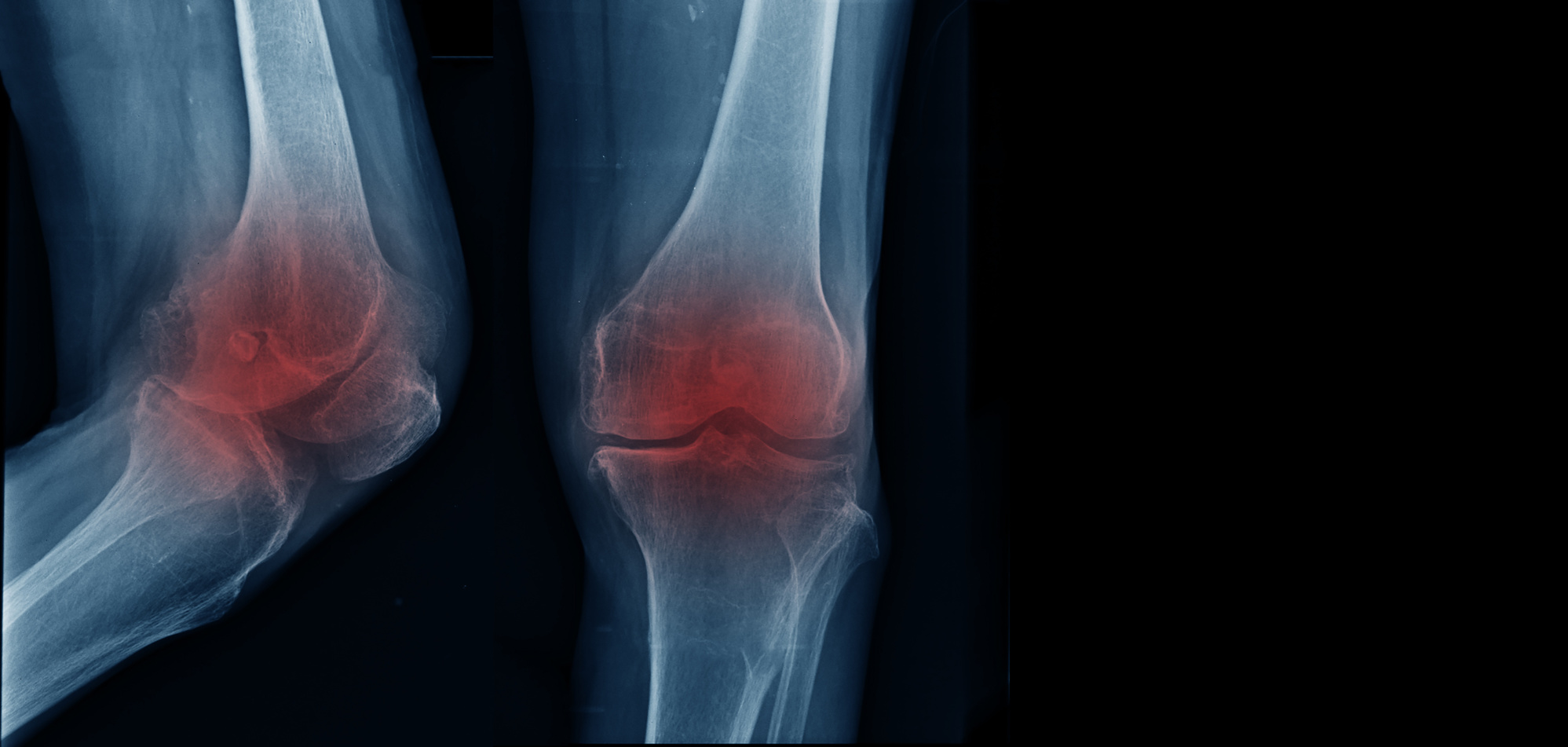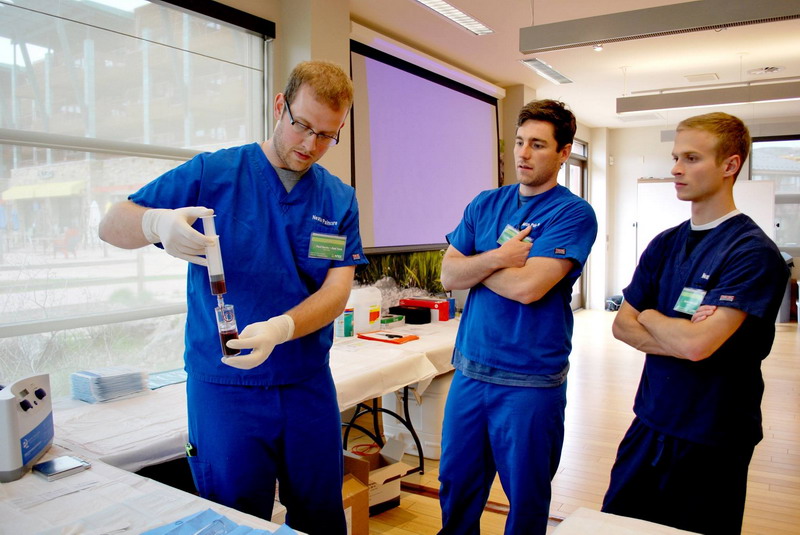An interesting July article from Finance Magnates explored the dual concepts of stem cell therapy and virtual medicine. Though the article treated the two separately, it got us to thinking about what it would be like to combine them to treat a person suffering from some sort of musculoskeletal injury or disease. A sports injury or osteoarthritis immediately come to mind.
Stem cell therapy is already an acceptable way for treating such injuries and diseases. Indeed, many of the doctors who sign up for our stem cell therapy training courses do so specifically out of a desire to treat their osteoarthritis patients. This is all common knowledge within our industry. And yet, how many of the clinicians who pass through our doors also use virtual medicine? It would be an interesting question to ask.
The Finance Magnates article explores virtual medicine as a way to reduce the time and expense of receiving healthcare services. What if we combined virtual healthcare with stem cell procedures? We might be able to make what is already a great alternative to surgery and steroid injections even better.
The Virtual Medicine Concept
Finance Magnates describes virtual medicine as a way of ‘seeing the doctor’ without actually going to his or her physical office. The patient makes an appointment using a computer or mobile device, then visits with the doctor via videoconferencing. Doctor and patient are able to converse despite being in separate locations.
This form of medicine is becoming increasingly popular among patients who are more comfortable than ever before with technology. Patients obviously aren’t using virtual medicine for more complicated problems, but it is working out well for typical primary care visits. It saves the patient a tremendous amount of time while simultaneously making doctors more efficient.
Adding Stem Cell Treatments
All this talk of virtual medicine now brings us to the topic of stem cell treatments. More directly, how the two can be combined to benefit both doctors and patients. It takes a little thinking through, but the concept is pretty easy to understand if you give it some thought.
A patient suffering from chronic osteoarthritis could schedule a virtual visit with a clinician using a smartphone app. During the visit, doctor and patient can attempt to determine the viability of stem cell injections in that particular case. There is no time wasted by commuting to and from the doctor’s office, sitting in a crowded waiting room, and so forth.
Should the two agree that stem cell treatments are appropriate, that’s the point at which the patient schedules an office visit. Stem cell treatments would be provided according to a schedule developed by the doctor. That may mean one injection, or it could mean multiple injections. All those injections would take place in the doctor’s office.
Follow-up could be handled via virtual visits. There may be some rare instances in which a patient needs to visit the office again, but online consultations should do it for the most part. The doctor can continue to evaluate the patient’s progress via virtual medicine. If necessary, he or she can also recommend a physical therapist or other follow-up treatments.
There is no doubt that medicine is changing in the modern era. Two concepts – virtual medicine and regenerative medicine – seem almost made for each other. Perhaps they will be just two of several defining methodologies medicine embraces on a widespread basis over the next decade or so. They could be ushering in a whole new way of providing healthcare services to those in need.
Sources:
- Finance Magnates – https://www.financemagnates.com/thought-leadership/a-new-era-in-the-healthcare-industry-virtual-clinics-and-stem-cell-therapy/










0 Comments